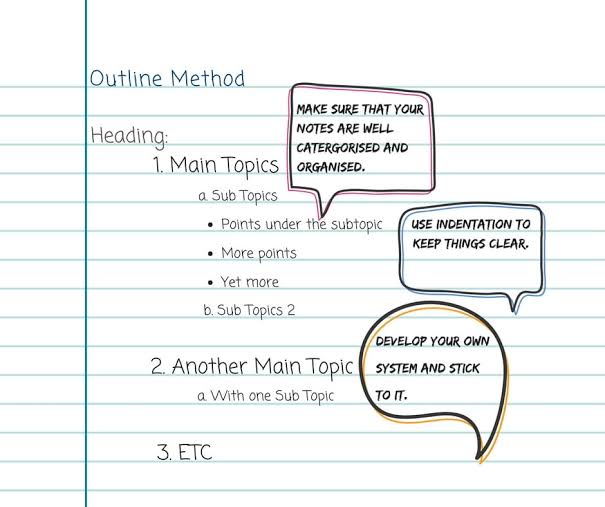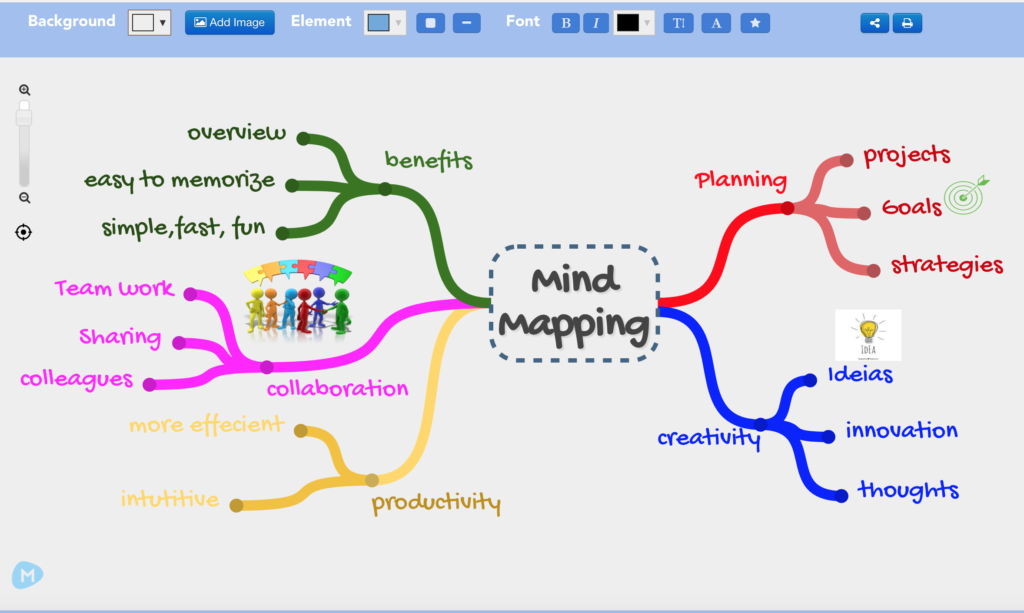In today’s advanced and speedy learning environment, learning the art of creating effective study notes can get you a long way in enhancing your productivity and keeping information fresh in memory for the long term. Whether preparing for an examination, working on a project, or simply struggling to grasp intricated topics, organized study notes can make all the difference while learning the topics with ease.
Remember, effective note-taking is a personalized skill. What works for one person might not work for another but there are various methods and strategies for developing effective study notes that are clutter-free and usefull in all aspects. In this article we will help you with designing your study notes so that you get the most out of it.
Why Study Notes are important?
• Enhanced Retention: Writing and organising information helps you quickly recall what you have learned previously. Writing the stuff enables your brain to understand and retrieve the concepts so it will help you with memorizing stuffs for the long term.
• Improved Clarity: Note taking has a way of forcing the students to internalize material, thus heeding possible areas of confusion. It allows the students to look back to those subjects and clarify them before they create problematic situations.
• Time Effeciency: Notes can save time when studying. Rather than rereading entire chapters or materials, well-organized study notes allow you to cover the material quickly and effectively.
• Personalisation: If you design your study notes of your own, it will cater to your own learning style. Whatever you prefer, notes are a way to process the content in a way that makes sense to you. Thus it will help you to engage with the concepts making it more likely you’ll remember it in the future.
Step-by-Step Guide to Creating Effective Study Notes
1: Preparation before making study notes
Organizing Materials: Confirm that you have all your necessary papers, books, class materials, and online resources.
Choose Tools: Decide whether you’ll take notes on paper or digitally. Some people use paper because it helps them remember the information better, while others enjoy the ease of organizing and searching with digital notes.
Set a Study Goal: Know what you are aiming to understand from that material since it helps to keep you focused on the surrounding concepts.
2: Choose a note making method that works for you
• Cornell Method: The Cornell technique divides your notes into three separate areas. It creates narrow columns on the left-hand side for cues; has a wide right-hand column reserved for main notes; and possesses a bottom summary section. During lectures or reading take detailed notes on the right column, add keywords in the left column and a summary at the end that helps review and retention. The method helps in reviewing and recalling actively.

• Outline Method: This method organizes the information in hierarchical form by using bullet points, indentations, headings and sub-headings making it easier to follow and review. This structured approach helps categorize ideas, show relationships between concepts, and create clear, easy-to-review notes.

• Mind Mapping: Mind mapping involves visually organized note-taking by using the methods of writing principal topics and branching principal topics into specific subtopics and ideas. It is accompanied by the use of colors and pictures. Therefore graphically linking ideas together paves the way for understanding complex relationships between concepts.

• Flow Notes: Flow notes are a flexible non-linear note-taking method that utilizes a more spontaneous, organic approach to capturing ideas. This technique, using arrows, symbols, and different text sizes, has an emphasis on natural patterns of thought progressions. Notes move freely across the page in such a way as to create a visual link between concepts that stimulates creativity and encourages spontaneous exploration of ideas without strict structures.

3: Focusing on Key Concepts
Consolidation of major concepts helps the identification of study notes as active instruments of learning, instead of passive documentation. Insights that have had the more complex elements distilled down to their essentials promote a cognitive map allowing deeper understanding and more accomplished retention of knowledge.
Key concepts act as mental hooks for the brain to organize, process, and relate new information with that already known. This approach places learning away from rote memorization, placing active interaction with the material in its stead.
Recognition of core ideas, therefore, helps students in prioritizing meaningful content, avoiding the cognitive overload, and letting them save precious time in their studies. Notably, such a focus upon fundamental concepts hones the critical thinking skill by developing the learners’ ability not only to see larger patterns but also recognize relationships within the material.
Effective key concepts note clear, concise, and visual—involving the least amount of text coupled with hierarchical structure possibly using charts and mind maps. This system ultimately empowers learners to make study notes transform from simple recordings to powerful cognitive tools for learning, understanding, and long-term retention of knowledge.
4: Use Visuals and Diagrams
Visuals and diagrams are highly effective note-making tools-turning abstract ideas into concrete, memorable images. They take advantage of the visual processing strokes of the brain, making complex information much more understandable to humans.
Mind maps, flowcharts, concept maps, and Venn diagrams can be employed to illustrate relationships, hierarchies, and connectivity between ideas. The use of color, form, placement, and design on visual notes urges the activation of the various parts of the brain, which promotes the persistence and comprehension of information.
For effective use of visuals:
— Start with the central theme or concept
— Use arrows to show relationships
— Use symbols and icons
— Create hierarchies
— Use different sizes to show importance
— Include simplified sketches and illustrations
— Use crisp and uncluttered spacing
Visual note-taking methods such as sketchnoting and graphic organizers change linear text to active, interesting representations that provide a new depth of consideration for the connection between ideas, thus making ideas more intuitive, memorable, and enjoyable. The process of studying becomes from a passive to an active creative process.
5: Review and Refine your Study Notes
Polishing study notes is a deliberate act of converting raw information into a potent learning tool. Review your initial notes critically, looking for gaps, repetitions, and points that are less clear. Get the message across clearly by extracting key concepts, discarding unnecessary details, and creating coherence. Use color coding to show importance, headings should be concisely constructed, and put visual aids like diagrams or mind maps into use in your notes.
Use active recall by converting your notes into possible exam questions and summary sheets. Aim for short and descriptive forms of language, capturing the fundamentals. To achieve precision, consider updating your notes regularly, using textbooks, lecture materials, or your own discussions with classmates as references.
The refining process is gradual: every iteration should make the notes more succinct, meaningful, and relevant to your learning goal. Treat your notes as a living document that responds to your developing understanding of the subject issue, turning passive records of information into active learning tools.

